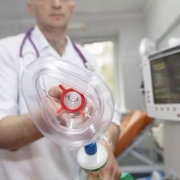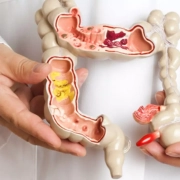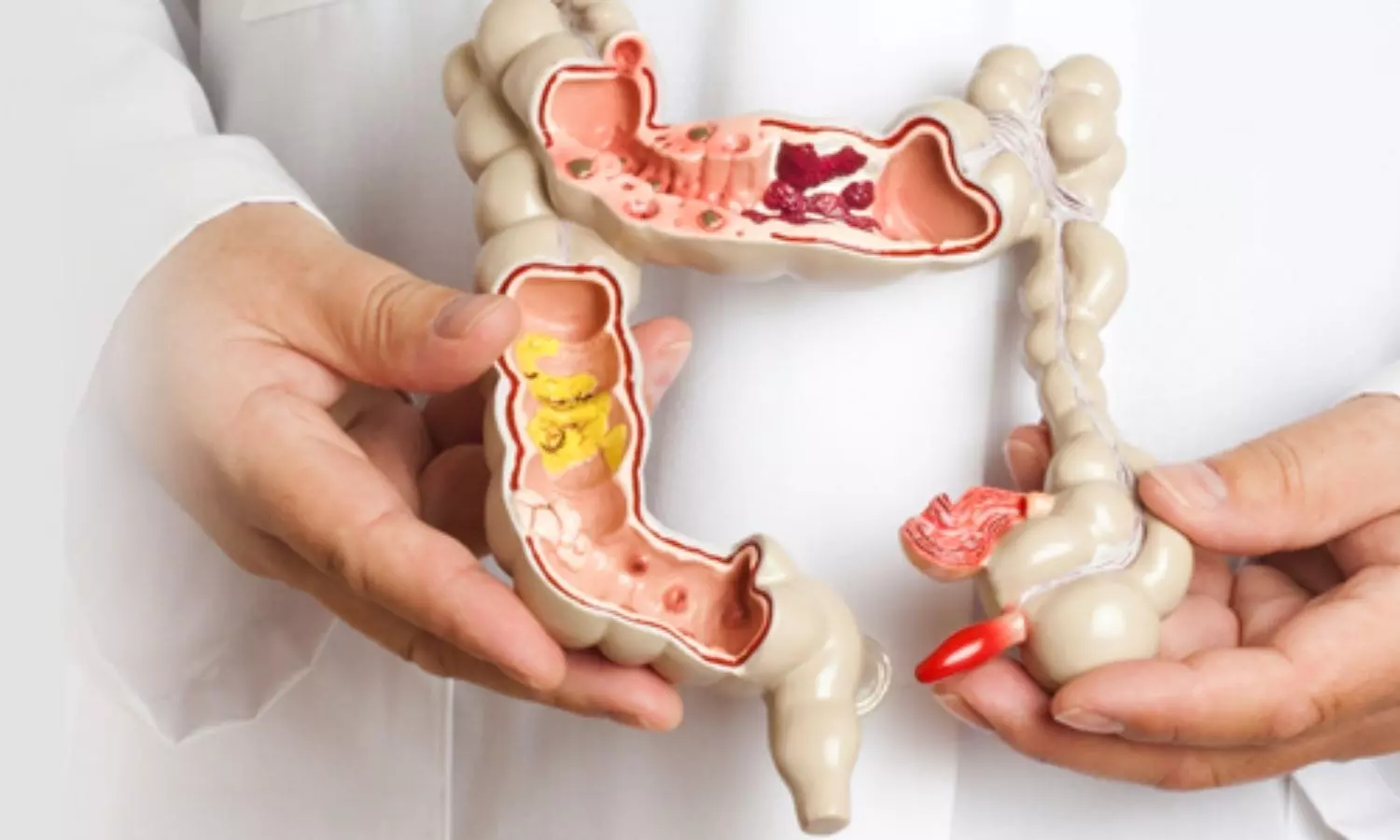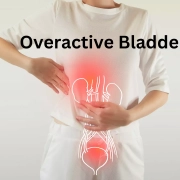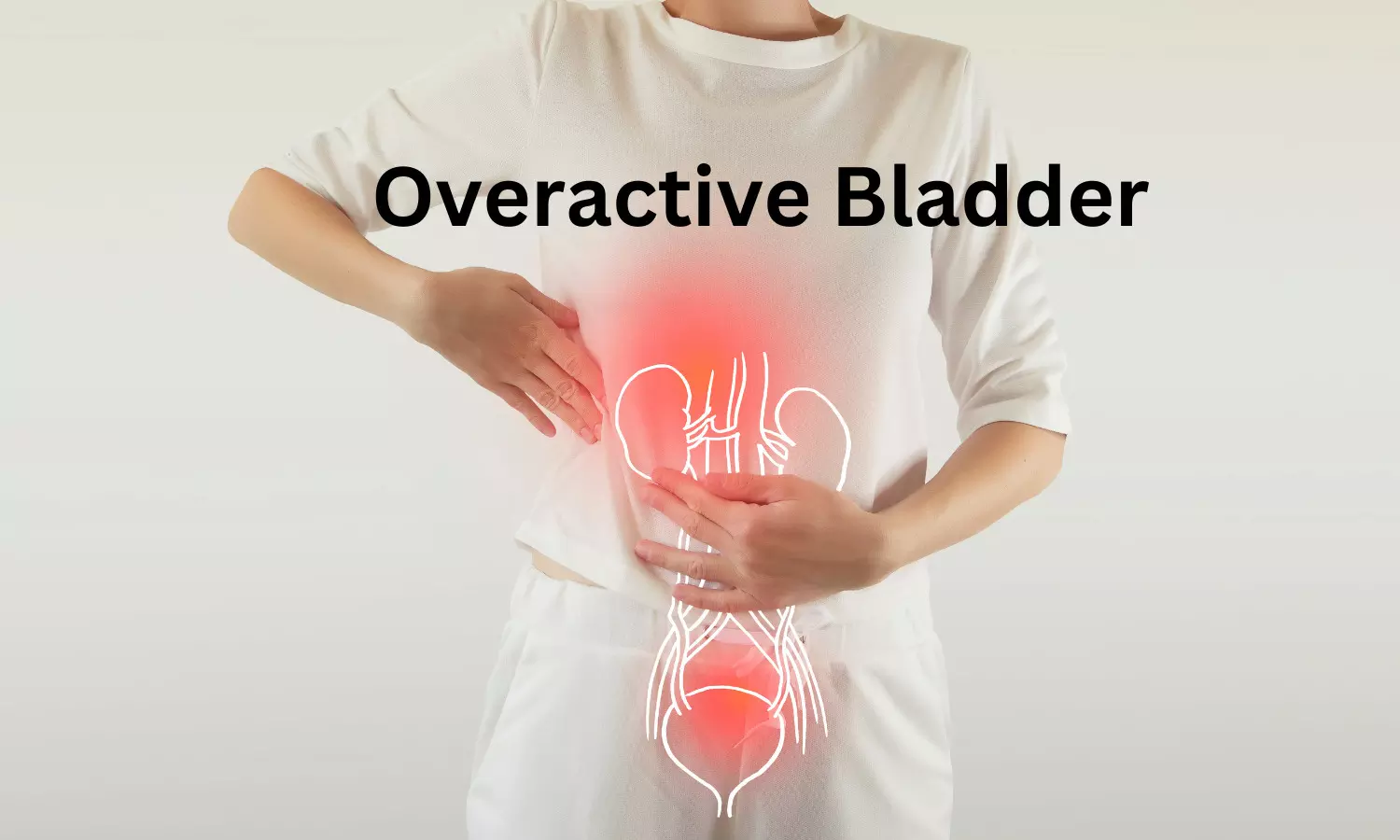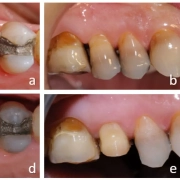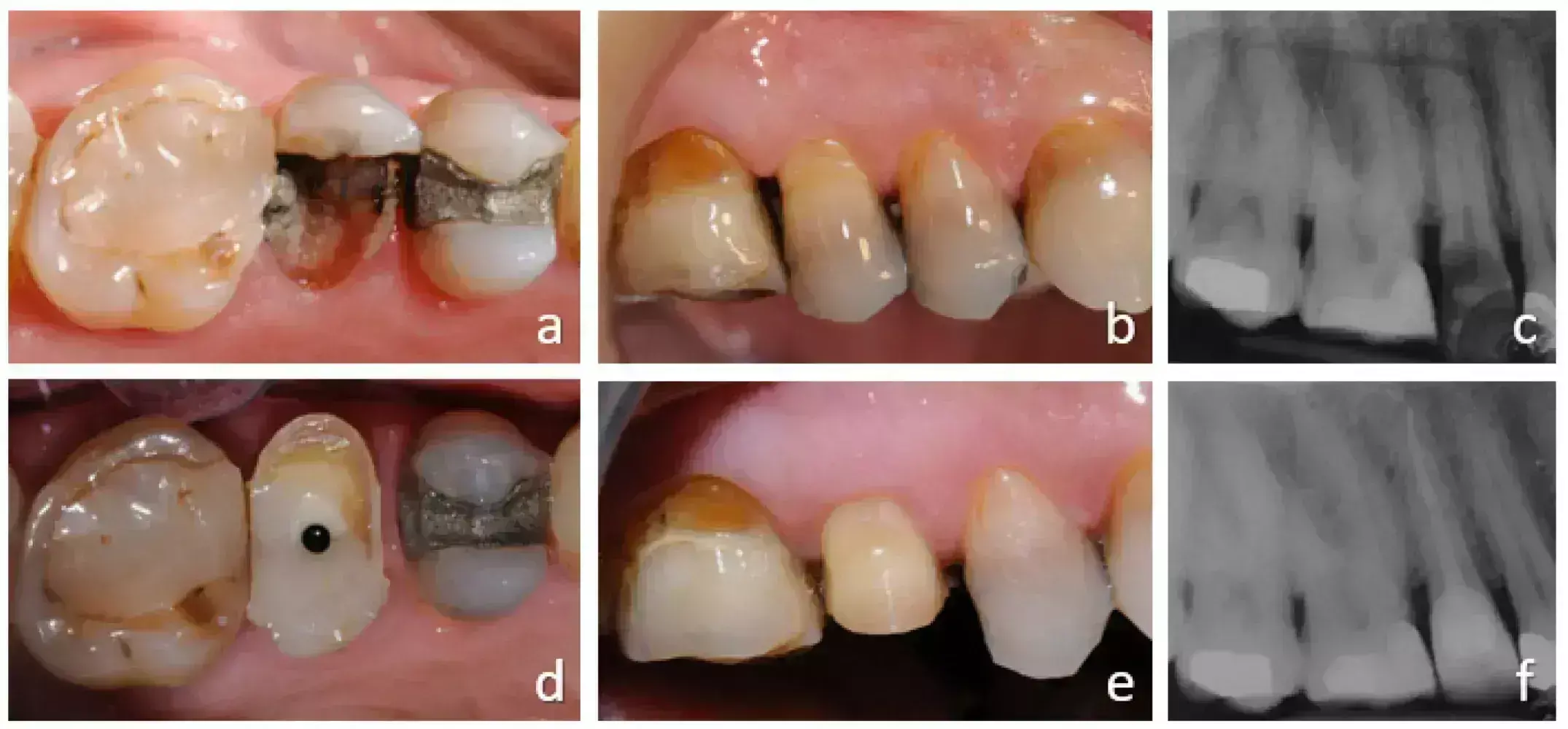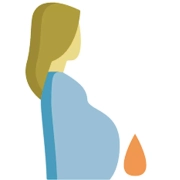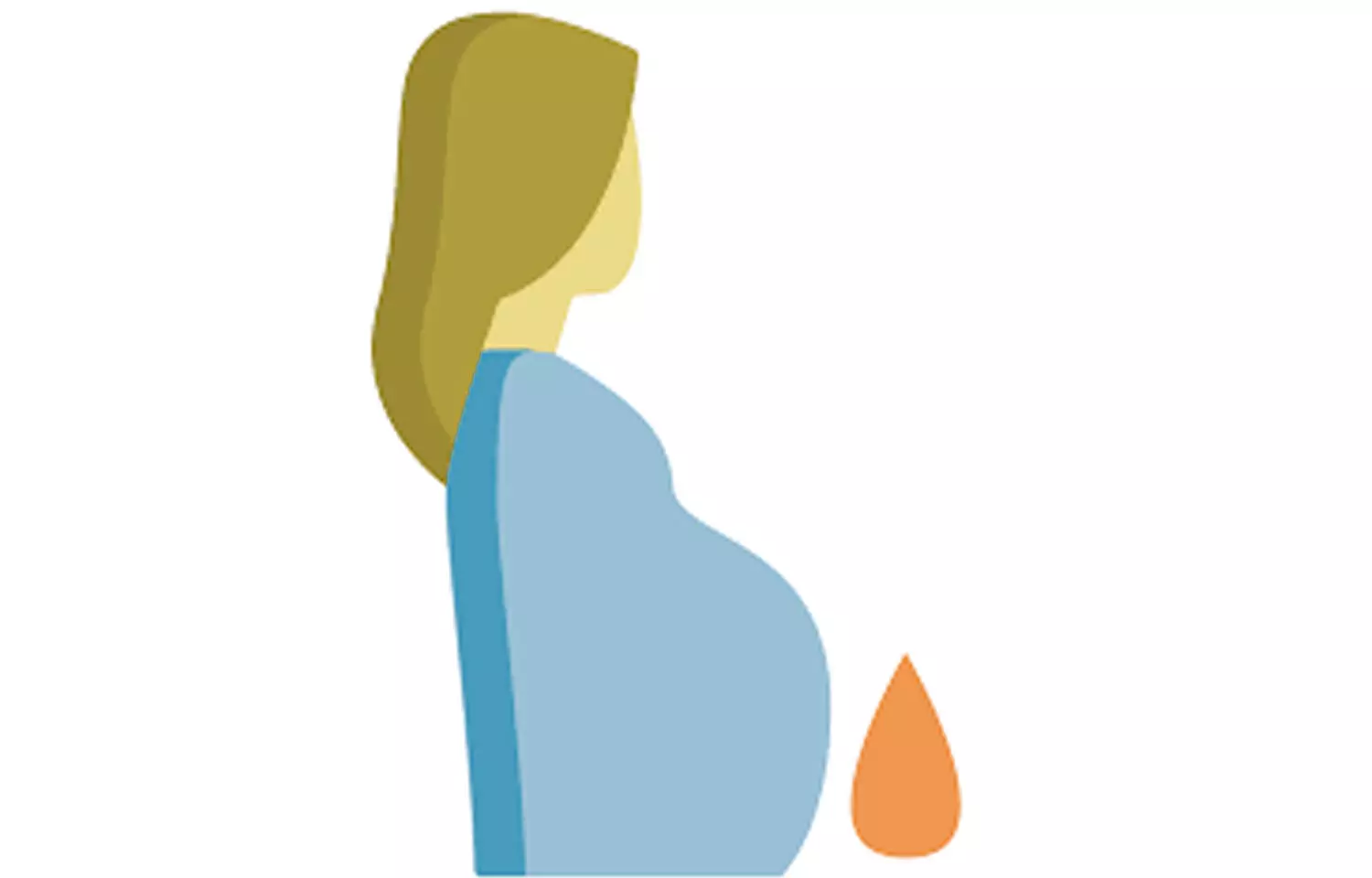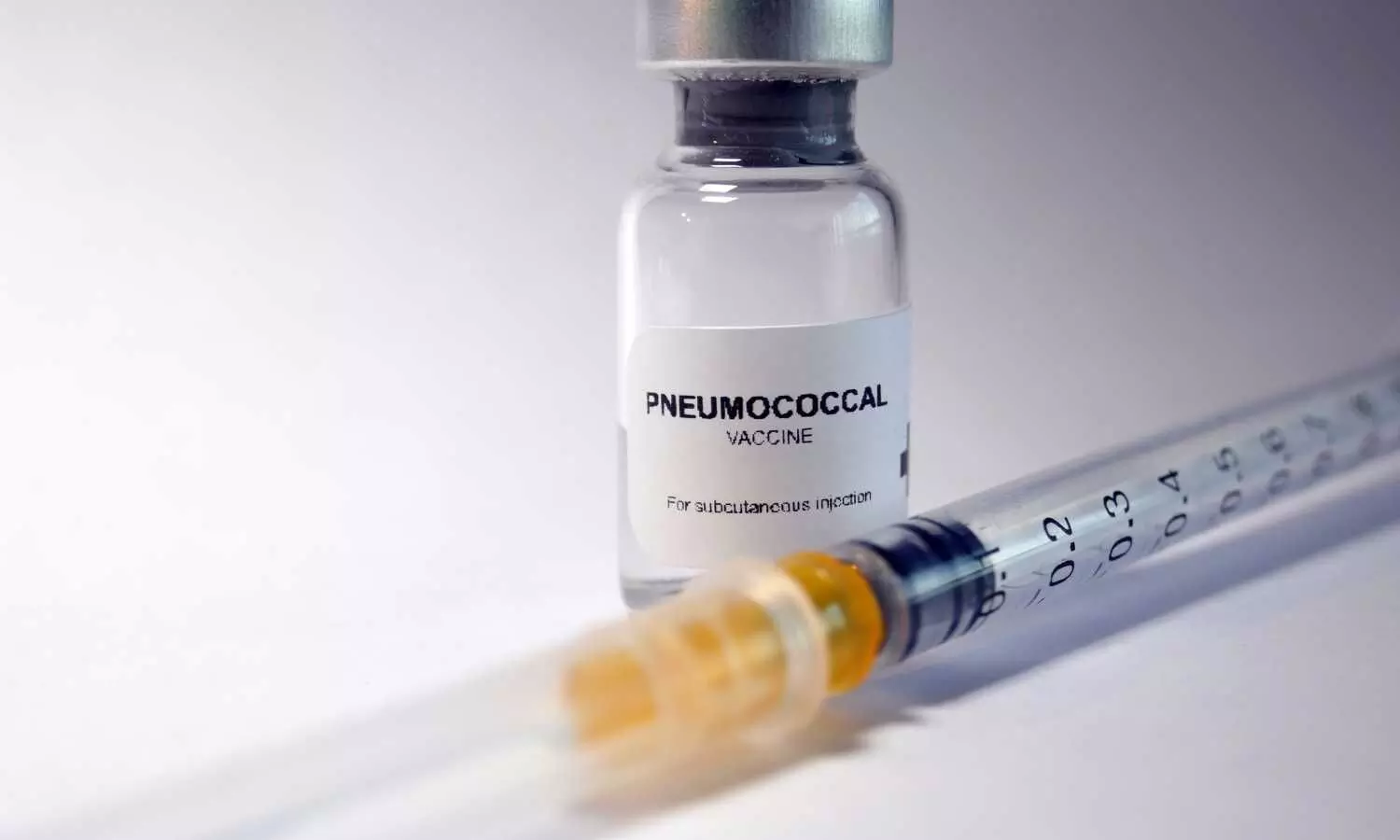Higher supplemental oxygenation levels not better for COVID-19 patients experiencing hypoxia : JAMA

Higher supplemental oxygenation levels are not better for COVID-19 patients experiencing hypoxia suggests a new study published in the JAMA.
Supplemental oxygen is ubiquitously used in patients with COVID-19 and severe hypoxemia, but a lower dose may be beneficial. A study was done to assess the effects of targeting a Pao2 of 60 mm Hg vs 90 mm Hg in patients with COVID-19 and severe hypoxemia in the intensive care unit (ICU). Multicenter randomized clinical trial included 726 adults with COVID-19 receiving at least 10 L/min of oxygen or mechanical ventilation in 11 European ICUs from August 2020 to March 2023. The trial was prematurely stopped prior to outcome assessment due to slow enrollment. End of 90-day follow-up was June 1, 2023. Patients were randomized 1:1 to a Pao2 of 60 mm Hg (lower oxygenation group; n = 365) or 90 mm Hg (higher oxygenation group; n = 361) for up to 90 days in the ICU. The primary outcome was the number of days alive without life support (mechanical ventilation, circulatory support, or kidney replacement therapy) at 90 days. Secondary outcomes included mortality, proportion of patients with serious adverse events, and number of days alive and out of hospital, all at 90 days. Results Of 726 randomized patients, primary outcome data were available for 697 (351 in the lower oxygenation group and 346 in the higher oxygenation group). Median age was 66 years, and 495 patients (68%) were male. At 90 days, the median number of days alive without life support was 80.0 days (IQR, 9.0-89.0 days) in the lower oxygenation group and 72.0 days (IQR, 2.0-88.0 days) in the higher oxygenation group (P = .009 by van Elteren test; supplemental bootstrapped adjusted mean difference, 5.8 days [95% CI, 0.2-11.5 days]; P = .04). Mortality at 90 days was 30.2% in the lower oxygenation group and 34.7% in the higher oxygenation group (risk ratio, 0.86 [98.6% CI, 0.66-1.13]; P = .18). There were no statistically significant differences in proportion of patients with serious adverse events or in number of days alive and out of hospital. In adult ICU patients with COVID-19 and severe hypoxemia, targeting a Pao2 of 60 mm Hg resulted in more days alive without life support in 90 days than targeting a Pao2 of 90 mm Hg.
Reference:
Nielsen FM, Klitgaard TL, Siegemund M, et al. Lower vs Higher Oxygenation Target and Days Alive Without Life Support in COVID-19: The HOT-COVID Randomized Clinical Trial. JAMA. Published online March 19, 2024. doi:10.1001/jama.2024.2934
Keywords:
Higher, supplemental oxygenation levels, COVID-19 patients, experiencing hypoxia, JAMA, Nielsen FM, Klitgaard TL, Siegemund M
Powered by WPeMatico

